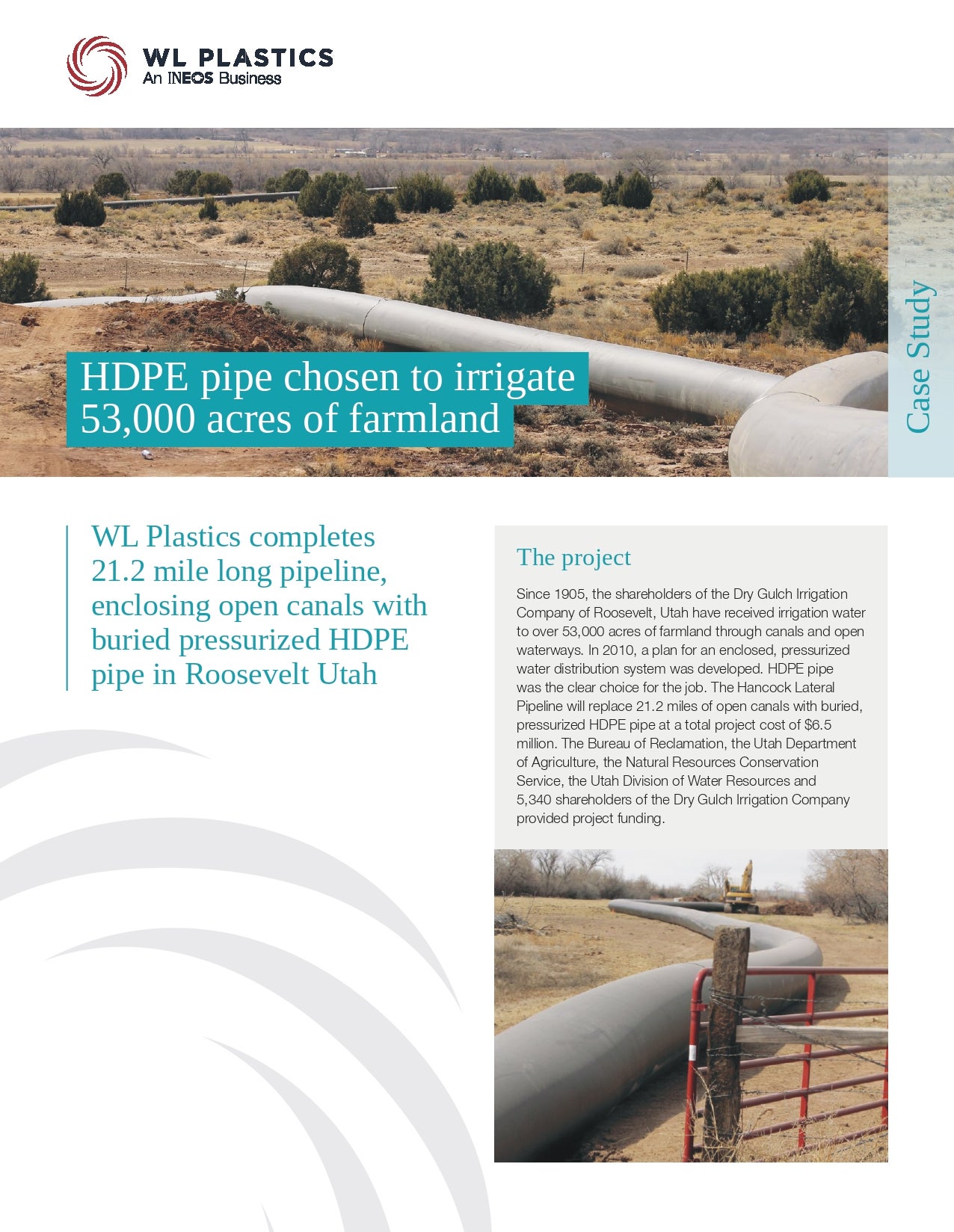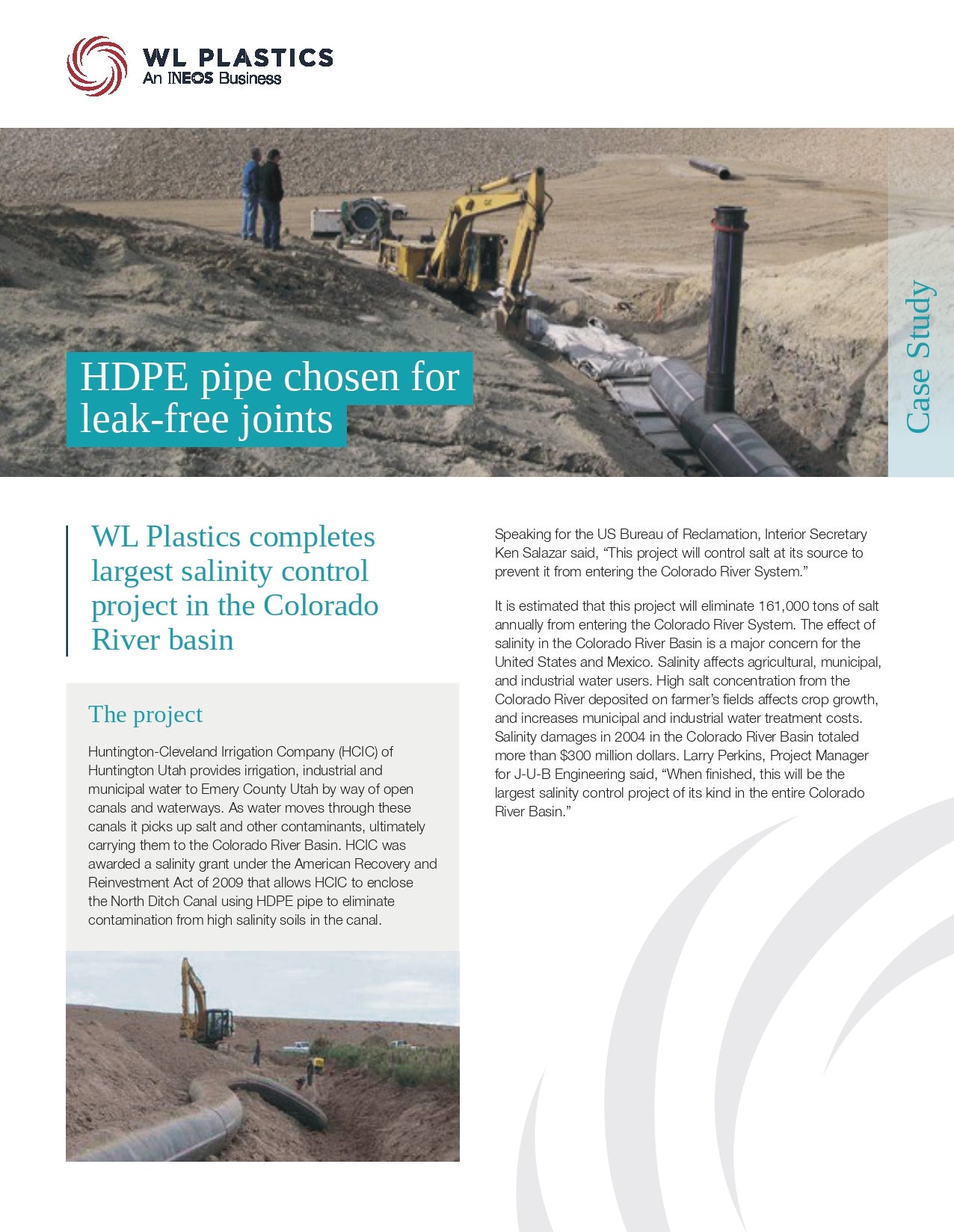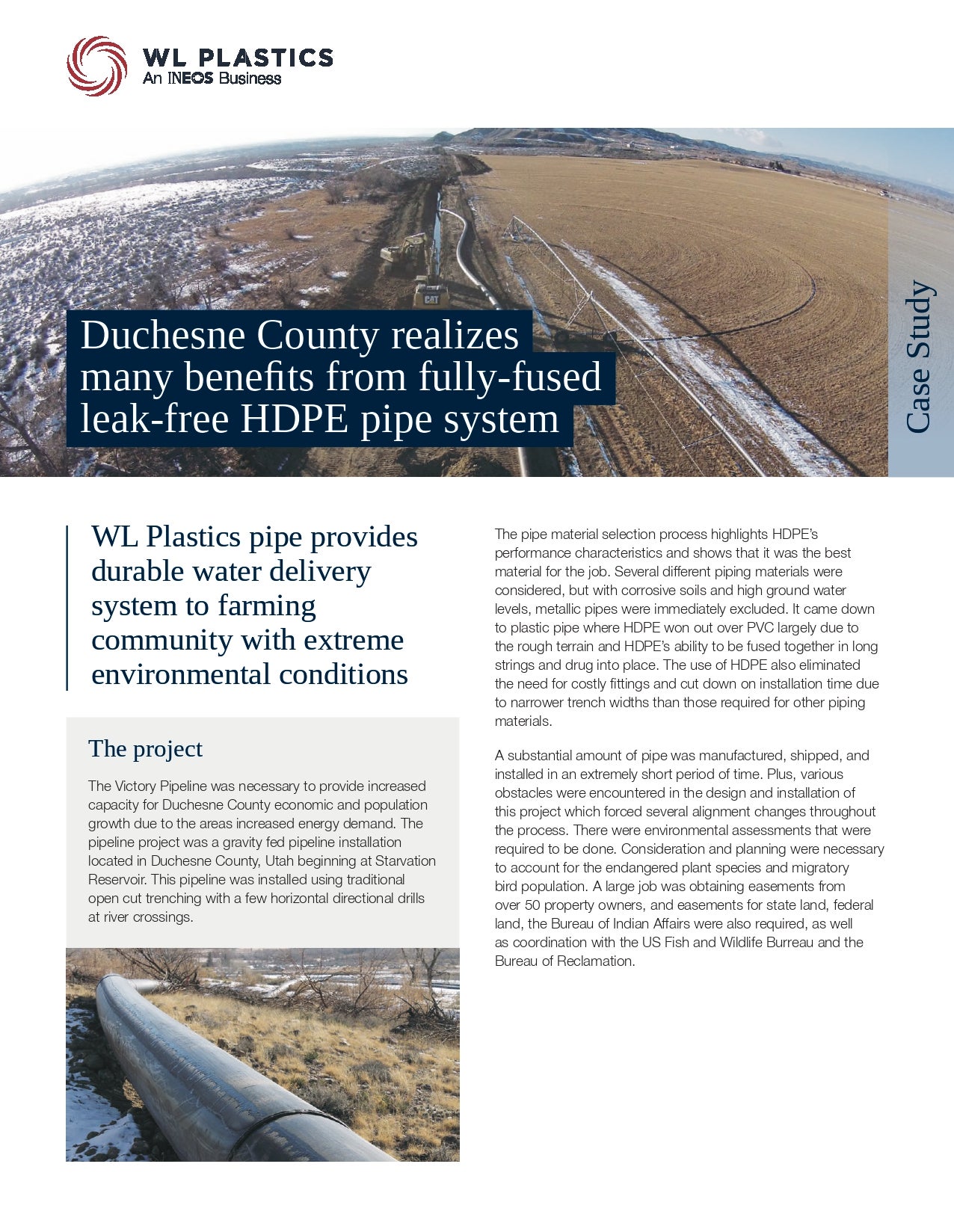What are Geothermal Heat Pump Systems?
Geothermal heat pump systems (GHPS) harness the stable temperatures beneath the earth’s surface to provide efficient heating and cooling for residential, commercial, and industrial buildings. At depths of just 10 to 20 feet, the earth’s crust maintains a consistent temperature of 50–60°F, increasing by about 60–90°F per mile. This naturally stored geothermal energy, produced by the radioactive decay of elements and friction within the earth’s core, can be extracted to regulate building temperatures all year round.
GHPS works by circulating fluid (water or a water-glycol mix) through a network of underground pipe loops that transfer heat between the ground and the building. Shallower loops are typically used for cooling, while deeper loops are used for heating. Because these systems draw energy directly from the earth, they can reduce electricity consumption by 25–50% compared to conventional HVAC systems and significantly lower greenhouse gas emissions.
Types of Geothermal Pipe Systems
There are six main configurations of geothermal heat pump piping systems, each suited to specific ground and site conditions:
- Vertical Ground Well Systems: Two parallel pipes connected at the bottom are installed vertically into drilled boreholes.
- Pond Loops: Loops of pipe are submerged within a nearby body of water at a controlled depth.
- Slinkys: Coiled loops of pipe are buried horizontally in a trench, allowing greater pipe length in a compact area, a popular option for residential geothermal systems.
- Horizontal Straight Loop: Pipes are laid horizontally along the bottom of a trench, ideal for sites with sufficient land area.
- Open-Loop Systems: These systems pump water between the source and building without a closed loop. While effective in areas with abundant water, they’re restricted in many regions.
- Hybrid Systems: Combine geothermal loops with cooling towers or outdoor air systems to balance heating and cooling loads, particularly in commercial applications.




